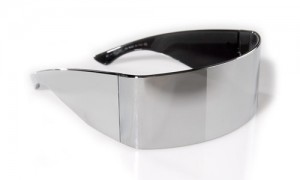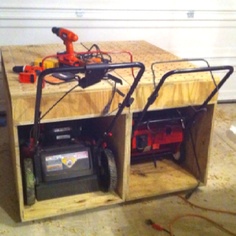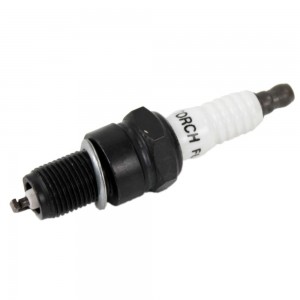Because of how white snow is (it’s actually clear, but that’s a story for a different day), sunlight hardly gets absorbed on it and bounces right back into the air. And if your eyes are pointed anywhere near there, you’re getting nearly the full brunt of the sun back in your eyes. Do that enough times, and you’ll irreparably damage your eyes from UV radiation. Here’s how to keep them safe from the snow when using your Toro or Ariens snow blower those last couple of times this season.
Invest in Good Eyewear
Heading down to your local drugstore and buying a $5 pair of sunglasses—no matter how cool and hipster-looking they are—just won’t do the job at all. At the very least, you’ll need a pair of sunglasses that read 100% UV A/B protection (polarized is even better), and it will cost you a little bit. But look at it this way: you can invest $50 or $100 on a pair of sunglasses once, or potentially spend tens of thousands down the road on eye surgery. Suddenly, that $50 looks like a pretty good deal, no?
A few of the conditions that repeated eye exposure to UV radiation can lead to include:
When looking for sunglasses, try to get ones where they cover as much of your eye as possible. It may be cool to wear granny glasses just like John Lennon did, but they hardly offer any coverage and you’d be much better off adopting a Katharine Hepburn look.
Dab on a Layer of Sunscreen
When there’s snow on the ground, it may seem silly to open up a bottle of sunscreen and apply some. But as we see right in the very beginning, snow is precisely when you should be most adamant about putting sunscreen on. There’s very little to block the sun’s rays from you with the high reflectivity of the snow, so smear on a layer and protect your face. And just as with sunglasses, look for sunscreen that offers both UV A and B protection, as well as a high SPF number (and don’t forget your lips!)
Bundle Up
It may be tempting to clear the driveway in thin pants and a t-shirt when the weather gets warmer, but skip that for another time and put on layers. This tip isn’t so much to keep you warm as it is to protect you from the sun, as the more clothing that covers you, the better your chance of being protected from a sunburn.
Because the weather is still a little chilly, it doesn’t really matter if you wear light or dark clothing. The aim is only to create a barrier between your skin and the sun, not to keep cool in extremely hot weather. Just don’t forget to cover up your ears and neck to avoid getting them sun- and wind-burned.











